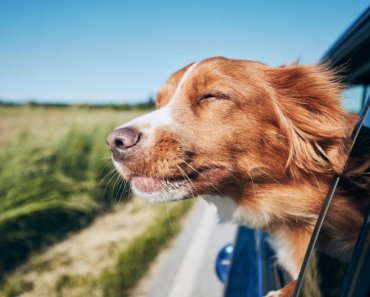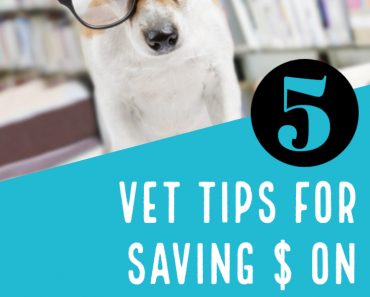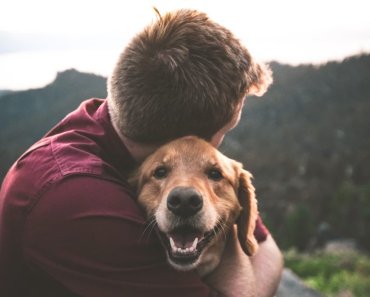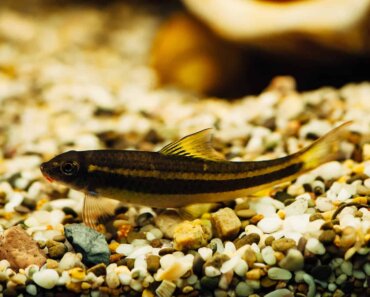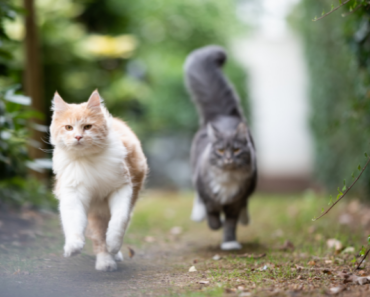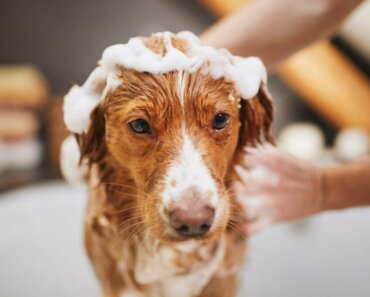img#mv-trellis-img-2::before{padding-top:44.758735440932%; }img#mv-trellis-img-2{display:block;}
Nothing beats the pure joy of a new puppy… but they can bring so much mess & stress, too.
Puppy potty training requires consistency, patience, and determination, but even seasoned puppy-raisers will clean up accidents in those first few weeks – sometimes months – while a new pup figures out their new potty protocol.
If your puppy came from a breeder’s home, she’s likely off to a good start, as she will have begun to learn potty manners from a puppy pro.
Raised with her mom and older relatives, she may have learned from example. Before she opened her eyes, she could detect the clean, mess-free whelping box as her mother eliminated outside, and quickly cleaned up any messes from her brothers and sisters.
Puppies from other sources, like puppy mills, backyard breeders, shelters, pet stores, and other places may not have been so lucky. Without guidance or clear boundaries, she might not have much introduction to the idea of keeping her home clean by eliminating in an appropriate place.
Regardless, most puppies have an underdeveloped bladder and bowels, making it harder for them to control where they go. They’re also learning to understand their body’s signals.
What’s more, as a newcomer to your home they won’t yet know how to communicate with you, where they’re meant to go potty, and how they must sometimes wait to relieve themselves.
Puppy potty pads are a helpful, optional tool.
One of the first choices you’ll have to make is whether your puppy will use pads. You could use them during puppyhood, then gradually transition from puppy pads to going outside. This may make sense if your small dog may need to wait for hours before they can go out or if they’re awaiting core vaccines.
You could also use potty pads from puppyhood on, even when your dog is grown. They’re not only for puppies. They’re idea for small dogs, who seem to have more trouble holding their bladder than larger dogs. They’re useful for people who live in apartments or work long hours. And they can come in handy in inclement weather, or if your dog is ever injured or recovering from surgery.
Crate or No Crate?
Puppies instinctively avoid soiling where they sleep, so they’ll try to hold their bladder or bowels while they are in a crate. A crate can be a useful tool for potty training if your puppy has accidents when you’re unable to supervise her. It’s also useful for keeping your puppy safe when she must be left alone. A crated puppy cannot chew electrical cords, run outside while you’re opening the door to bring in groceries or let in a guest, or otherwise get into serious trouble.
How much you’d like to use a crate is up to you. You can crate overnight , or you may prefer to sleep with your dog in your bed if you’re a light sleeper, that way you can wake up when she stirs and take her outside or to her pad. It’s also possible to potty train your puppy without a crate.
Teach Your Puppy To Communicate
One of the biggest reasons new puppy parents struggle with potty training is because they are unsure of when to take their puppy out.
In general, you should take your puppy outside (or to her pad) after meals, when she wakes up, and just before bedtime. Then, you might take her out every 1-4 hours, depending on her age and potty frequency.
Constantly taking your puppy outside can work for a while, but it’s hard to keep up. And you might spend a lot of time outside without a poop or pee. At times, your puppy will spend a long time outside, not do their business, only to come inside and pee or poop on the floor.
Giving your puppy a communication tool is an extremely useful when you’re training your puppy to go outside. While most dogs will eventually start to sit at the door or scratch at the door when they need to go out, it doesn’t happen naturally for many puppies. Train your dog to use potty bells for a fast, effective way to begin that two-way communication that can otherwise take much longer to develop.
When Potty Training Doesn’t Take
It’s not uncommon for puppy parents to give up, struggling with indoor accidents for much of their dog’s life. A dog might be partially potty trained and still have accidents when it’s cold or rainy outside, when their dog is unsupervised, or when their dog keeps going potty in a specific spot indoors.
Even in fully trained dogs, accidents can happen every now and then. Dogs get sick, have indigestion, drink a bit too much water, or sometimes just can’t hold it when we take too long to get home. No dog should be expected to be 100% accident-free.
However, accidents can be a sign of a medical issue like a UTI or gastric upset.
Or, an adult dog may need supervision and consistency, just like when they were a puppy, to break bad habits.
Anxiety, too, can complicate potty training. If your puppy was previously scolded for having an accident, perhaps by a human who didn’t know better or couldn’t control their frustration, they might feel the need to hide when they have to go potty, rather than communicate.
Dogs that seem stubborn about going outside in the rain or cold – as frustrating as it can be for us – need help and guidance, which can take the form of getting a better winter coat, shoveling out a path, going outside with them with an umbrella, or even offering an indoor potty area with pads. Compromises, people. Dogs need them too!
In Summary
Dogs want a clean living space, and they don’t want to pee or poop where they relax with their family.
Potty training is easily the hardest part of having a puppy, and accidents are to be expected.
You can use a crate, puppy pads, tether training, and potty bells to help the journey go smoothly.
Every puppy is different, and every household is different. Finding a way to train that fits your schedule, your way of life, and your puppy’s needs is possible. Hang in there, and don’t give up!

